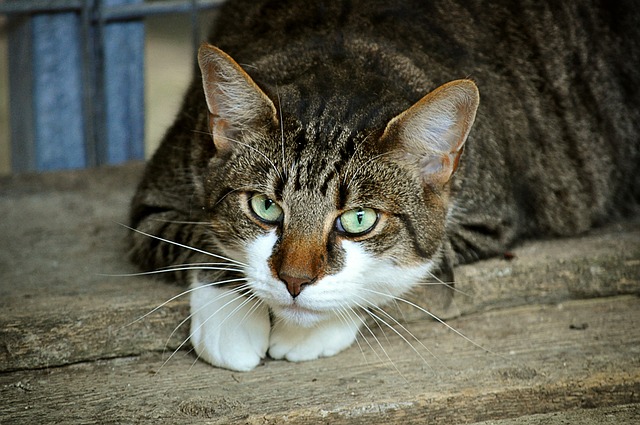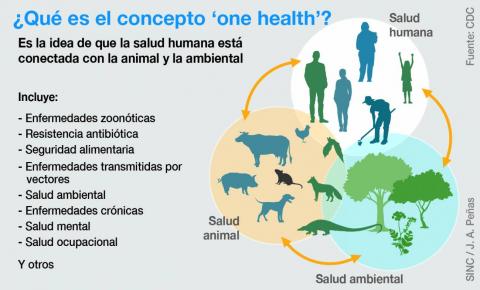Reaction: Zoonoses from domestic animals pose an underestimated but very real threat, review finds
A review examines the role of domestic and semi-domestic animals, such as cats, in the emergence of potential zoonoses due to their close contact with humans. The paper, published in the journal Science Translational Medicine, concludes that companion animal health risks will become increasingly problematic with climate change and rapid urbanisation.

Gustavo del Real - zoonosis mascotas EN
Gustavo del Real
Senior scientist in the Biotechnology Department at INIA-CSIC
The World Health Organisation recognises that there are more than 200 known types of zoonoses, i.e. diseases or infections that are naturally transmitted from vertebrate animals to humans, and in many of these, our pets are either major or minor players.
Of course, any domestic animal subject to appropriate health care can rarely be a vehicle of disease to humans. Certainly, vaccines and other medications, together with responsible care and management, prevent such a risk. However, we should not lose sight of certain circumstances in which domestic animals, together with wildlife, can be transmitters of pathogens of different nature.
This is the context for this review article by A. Gamble et al. in Science Translational Medicine. First, they emphasise the importance of the One Health concept in understanding the complex web of interactions between different physical and biological factors that affect the dynamics of zoonoses. Globalisation, climate change, increasing urbanisation of natural ecosystems, over-intensive livestock farming, antibiotic resistance, irresponsible pet ownership, etc., have a rapid and unpredictable impact on the life cycle of animals, their behaviour, geographical distribution, pathogenicity, etc. The authors illustrate this problem in detail with numerous examples of zoonotic diseases and focus on the role of companion animals and peridomestic fauna (wild animals that interact more closely with human populations and their domestic animals due to their proximity to urban centres). Of particular note is the repeated reference to the cat as an example of an animal species that can adopt various facets depending on its lifestyle (owned or unowned, living indoors or outdoors, feral, etc.) and how this affects its role as a host and transmitter of various pathogens.
Ultimately, this review broadens the view we have of domestic and wild animals with regard to the many infectious diseases that haunt us and that will continue to surprise us in the future.
Gamble et al.
- Research article
- Review
- Peer reviewed
- Animals



